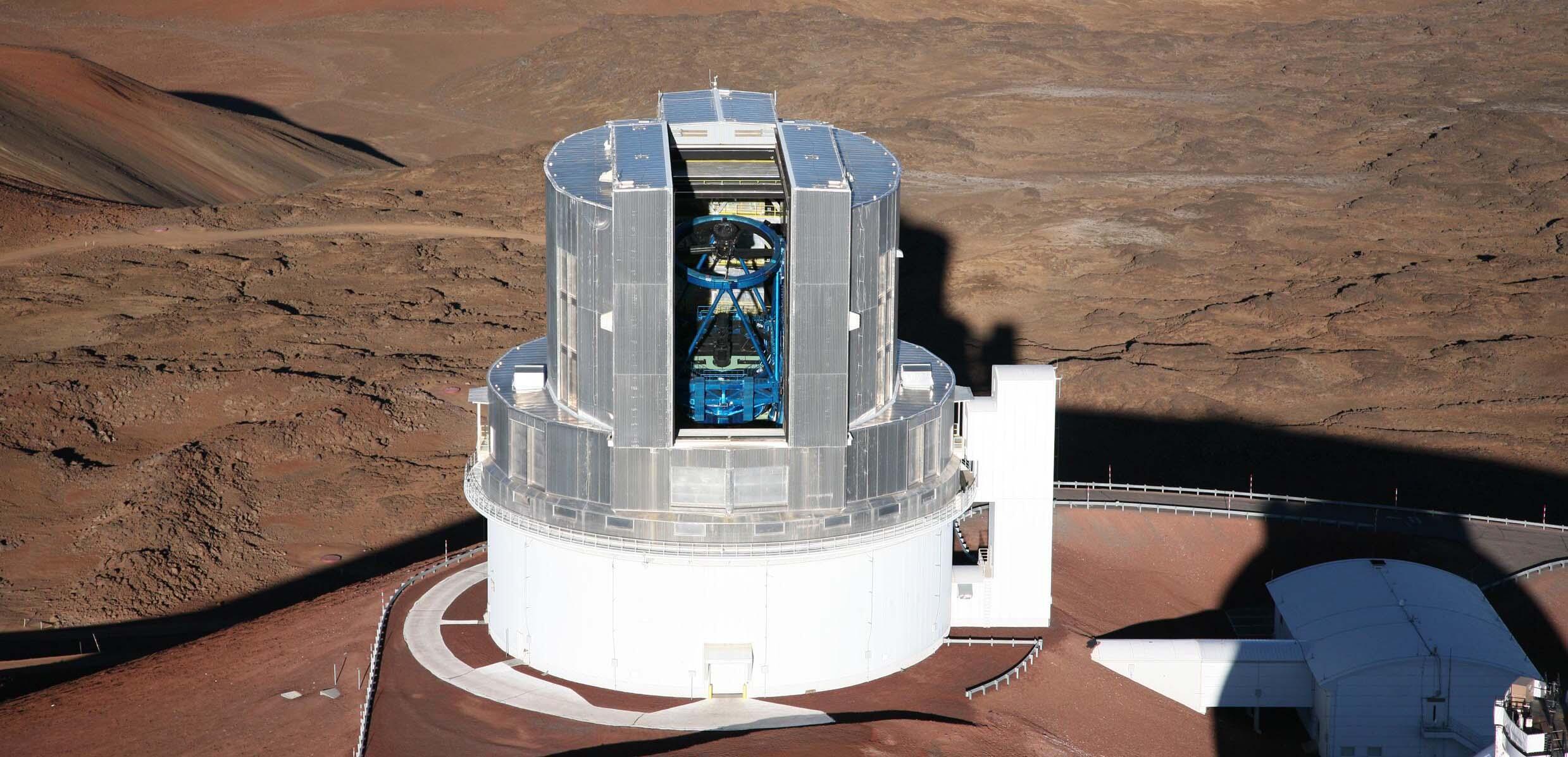The Subaru Telescope, operated by the National Astronomical Observatory of Japan, has been registered as "Essential Historical Materials for Science and Technology" by the National Museum of Nature and Science in 2025.
The Subaru Telescope is a very large optical-infrared telescope located in the summit area of Maunakea on the island of Hawai`i. Its primary mirror boasts an aperture of 8.2 meters, making it one of the largest monolithic mirrors in the world. At the end of the 20th century, when the Subaru Telescope was built, Japan, the United States, and Europe were competing to develop an 8-meter-class telescope. At the time, Japan had little experience building large telescopes of this scale, but by leveraging its radio telescope and satellite communications technologies, Japan succeeded in developing its own telescope. The Subaru Telescope was Japan's first large-scale optical-infrared telescope established outside of Japan. Since its launch, the Subaru Telescope has repeatedly broken records for discovering the most distant galaxies, and has continued to produce astronomical results that astound people around the world.
The National Museum of Nature and Science maintains a registry of "Essential Historical Materials for Science and Technology" that are "important specimens from the history of science and technology, items that clearly need to be preserved for future generations" and "have had a significant impact on people’s lifestyles, society, culture, and the economy." Adding the Subaru Telescope to the registry recognizes Japan’s pride in this world-class very large telescope (Note 1).
From September 17 to 28, the National Museum of Nature and Science will host a panel exhibition showcasing the 14 items registered this year as Essential Historical Materials for Science and Technology. Along with the Subaru Telescope, three other ground-based and space-based telescopes are featured among the newly registered items — don’t miss it!
(Note 1) The designation of “Essential Historical Material for Science and Technology” by Japan's National Museum of Nature and Science, an Independent Administrative Institution, is not a law and does not impose any legal restrictions on the registered materials. This registration does not designate the Subaru Telescope, its dome, or its site as a “historical landmark,” nor does it grant the Government of Japan or the National Astronomical Observatory of Japan any new rights or authority over the Subaru Telescope in the United States or Hawai‘i.



